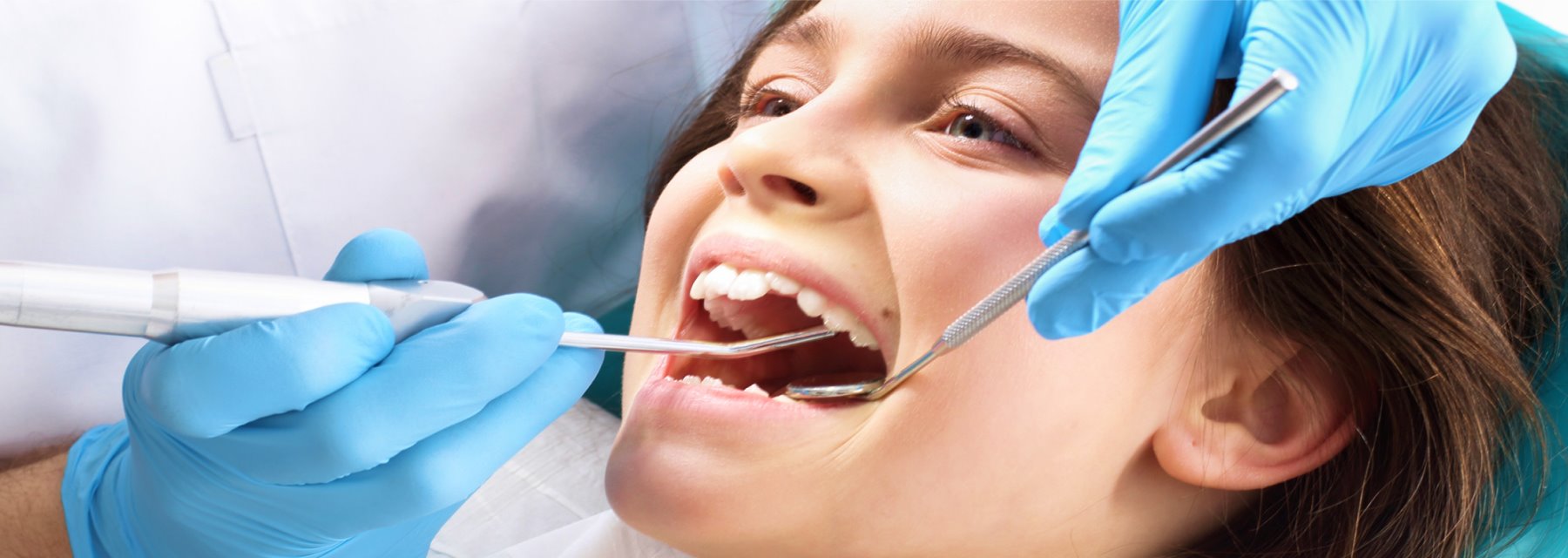
Early Treatment
Early orthodontic evaluation is a key part of ensuring that your child’s teeth and jaws develop properly, and it can help prevent more severe issues down the road. According to the American Association of Orthodontists, children should have their first orthodontic screening at age 7. While many children won’t need immediate treatment, an early evaluation allows orthodontists to monitor growth patterns and step in at the right time if necessary.
Why Early Evaluation Matters:
Conditions That Benefit from Early Treatment:
- Severe Crossbite: When the upper teeth close inside the lower teeth, treatment is easier while the jaw is still growing. A palatal expander can gradually widen the upper jaw to correct this issue. If left untreated, surgery might be needed later.
- Severe Crowding: If the jaws are too small for all the permanent teeth, early intervention may involve palatal expansion or even tooth extraction to allow teeth to erupt properly. While braces may still be required later, early treatment often shortens the overall process.
- Protruding Teeth: Teeth that stick out too far are at risk of being chipped or fractured and can negatively affect a child’s self-image. Early correction can prevent these issues and reduce the likelihood of injury.
- Severe Underbite: This occurs when the lower jaw is larger than the upper jaw, leading to serious bite problems. Early use of braces or headgear can correct these issues and reduce the need for surgery later.
Addressing Parafunctional Habits:
Some habits, if not corrected early, can lead to orthodontic problems or interfere with proper development. These include:
- Thumb Sucking: If this habit persists beyond ages 2 to 4, it can cause the teeth to move apart and the jaws to change shape, leading to an open bite and potential speech issues.
- Tongue Thrusting: This habit occurs when the tongue pushes forward against the teeth, causing an open bite.
- Mouth Breathing: This abnormal breathing pattern can cause improper jaw growth and lead to orthodontic problems. It can also result in changes to the muscles of the face and tongue.
Benefits of Early Intervention:
- Less Complicated Treatment: Starting early can reduce the complexity and duration of treatment later on.
- Improved Self-Esteem: Correcting issues like protruding teeth can improve a child’s self-confidence.
- Avoiding Surgery: In many cases, early orthodontic treatment can prevent the need for more invasive procedures later.
Early orthodontic screenings are essential for identifying problems early and creating an action plan to ensure healthy tooth and jaw development. This early approach can minimize the severity of future issues and help create the foundation for a beautiful, healthy smile.
Various orthodontic treatments are available to help correct these parafunctional habits — and the sooner they're taken care of, the less damage they may cause. But these potential problems aren't always easy to recognize. That's one more reason why you should bring your child in for an early orthodontic screening.